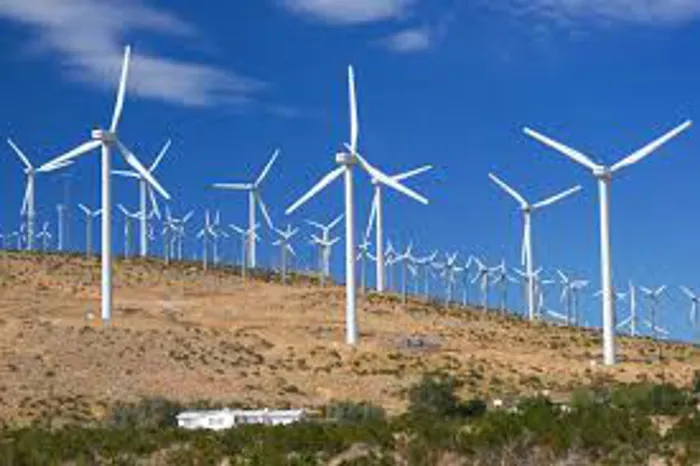Wind projects generate value to society

Melanie Gosling
Environment Writer
A WIND farm near Port Elizabeth has been pumping much-needed electricity into the grid, but for many people living in shacks nearby, it has brought them something even more important – clear vision.
Delegates to the Windaba wind energy conference in the city heard yesterday that adults and children living in informal settlements near the MetroWind Van Stadens Wind Farm had asked that they have their eyes tested as part of the wind farm’s socio-economic development programme.
In terms of the government’s renewable energy programme, a renewable energy plant built by the private sector has to contribute a portion of its revenue for socio-economic and enterprise development for the benefit of those living within a 50km radius.
After the request from the community, the company teamed up with an optometry company, and set about testing eyes. Those who needed them, were given spectacles. For some, it was the first time having their eyes tested – and the first time they could see properly.
Masechaba Mabilu, economic development manager for renewable energy company Acconia, said the company’s social development project was now providing breakfast to 1 602 primary school pupils in communities.
An unexpected spin-off of feeding the children – many of who came to school hungry – was that school attendance had gone up and there were no longer any late-comers.
Communities near the Hopefield Wind Farm on the West Coast have had their RDP houses upgraded through the Hopefield Home Improvement Project.
John Thorne, of the SouthSouthNorth organisation, said at the conference that the project was to improve living conditions for 900 households.
The Department of Energy said that by October, R91.1 billion had been committed to various development initiatives under the renewable energy programme.
Wolseley Barnard, a deputy director-general in the department, said the renewable energy industry had contributed to many jobs, which was critical and would ensure the industry was sustainable for years to come.
Barnard also said there was a need to examine the distribution side of electricity generation and at the possibility of a smart grid.